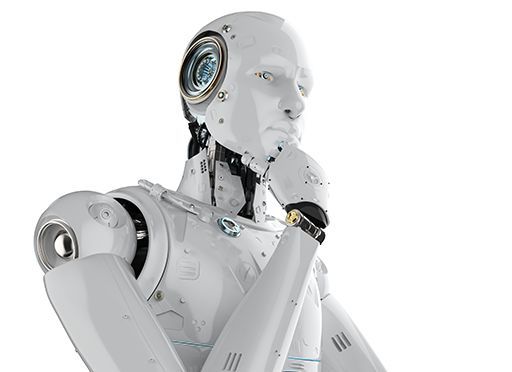Robot Soccer Is Boring!
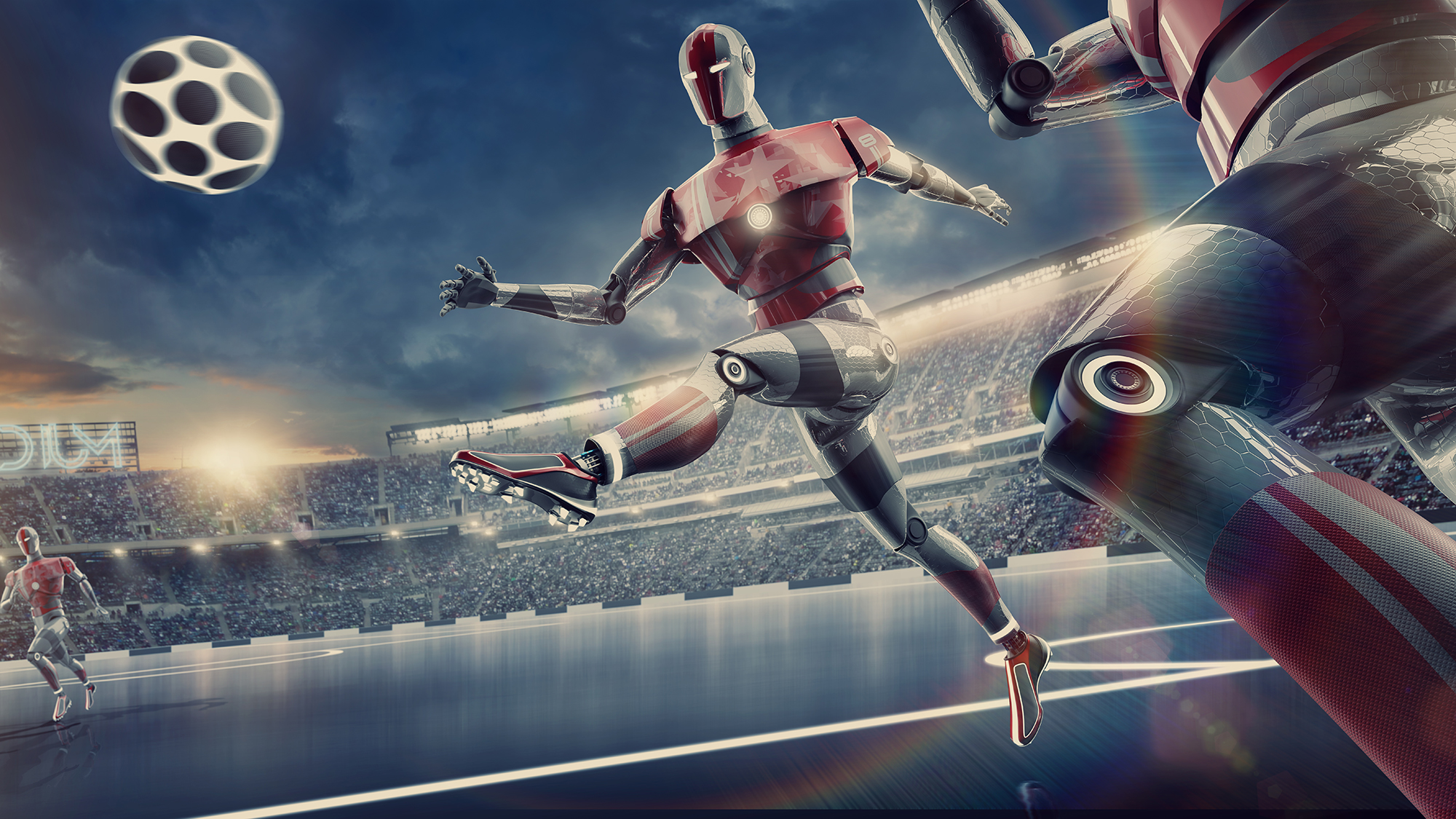
If the annual RoboCup tournament is any indication, human soccer players need not fear the imminent encroachment of automation on their sport, or any sport. The Robot Soccer World Cup (RoboCup) was established in 1996 to provide an international and entertaining forum for roboticists to display their progress building autonomous, AI-driven robots. Their stated goal is to field a team of robots to beat the human World Cup championship team by 2050. The challenge helps roboticists crystallize solutions to real-world problems like traveling through space, facing obstacles, kicking and blocking a ball. Judging by this clip, these players have a long way to go; falling down seems to be the dominant strategy:
The dream is not yet the reality. Honda’s Asimo does a much better job at kicking a soccer ball into the goal, but only if the opposing team stops to wait for it to do so. Asimo is a little more useful off the field pouring drinks, although no one will come to Asimo’s bar to bend his tin ear: Asimo doesn’t have much (or any, actually) empathy. Trust is an important value between humans, and AI falls short in this area, as Michael Wiederstein points out in his article “Here’s Looking At You, Kid.”
And while Asimo can bust some slo-mo “mom dance” moves, it won’t be tackling ballet anytime soon. By contrast, Boston Dynamics has developed quite dexterous bipedal robots, such as their flagship Atlas model seen here executing a simple gymnastic routine:
Even though these moves are more impressive, the Atlas still comes nowhere close to the artistry and flexibility soccer players and other athletes – even professional tag players – routinely display in response to unpredictable, constantly changing environments, let alone concerted opposition. No one is going to stay tuned to a Robo-lympics gymnastic competition beyond the first few novel minutes except robot nerds.
Perhaps it’s best to adjust expectations. Instead of expecting robots to one day be able to mimic or replace everything humans can do, it’s better to think about robots more like animals, writes Matt Simon for Wired magazine. Your bag-of-bolts colleagues of the future will aid humans the way animals do now, says Simon, “as brute labor, as co-workers, and as companions.” Roboticists draw inspiration from the animal kingdom for their designs, says author David L. Hu in How to Walk On Water and Climb Up Walls. Programmers and engineers create autonomous AI in all shapes and sizes and, like animals, with specialized “wiring” that suits them for a particular environment or a particular job.
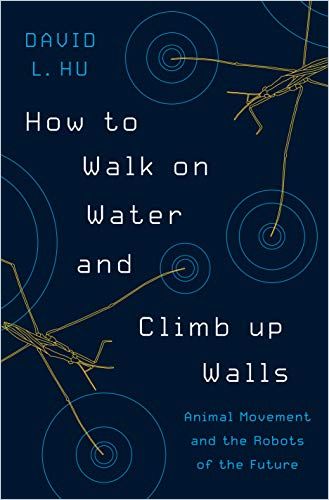
Movement analyst Amy LaViers, writing for Aeon magazine, asserts that even though today’s robots like the Atlas have impressive balance over a variety of terrains, and can even do backflips, they can’t yet pick up a paperclip or catch a set of keys someone tosses to them, let alone coordinate gegenpressing (soccer’s equivalent to basketball’s full court press).
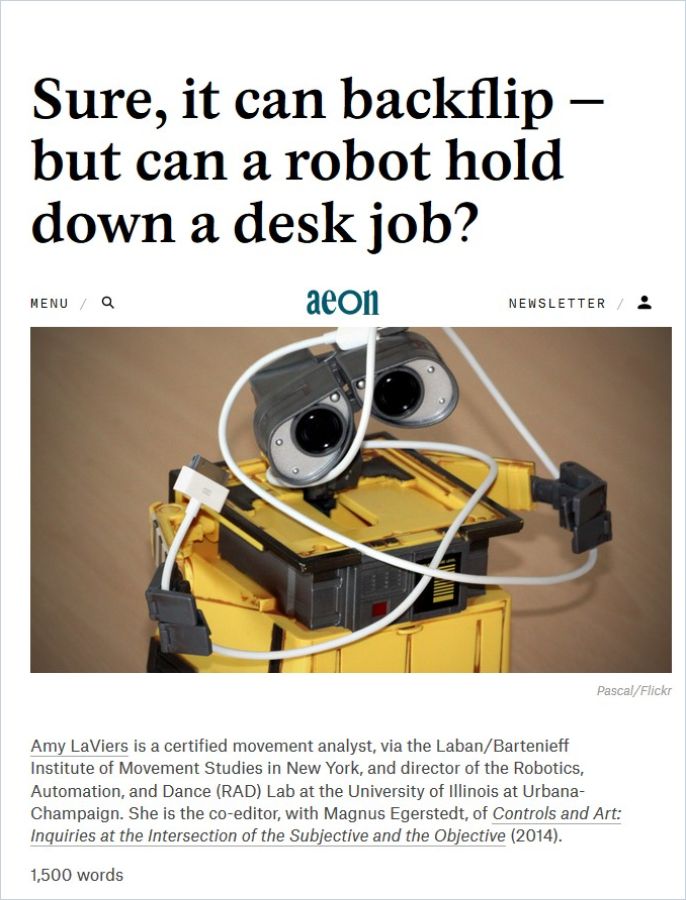
Roboticists tend to think in terms of discrete, teachable movements rather than the infinite variety of human action and reaction. Metalheads are already automating warehousing, farming and many aspects of transportation where their behaviors are repetitive and predictable. But they’re a long way away from being able to manage the interpersonal relationships business depends upon. Without this fundamental ability, team coordination on the fly is out of reach.
Know that you yourself…do incredible things that we do not yet understand – that we do not yet even value.
Amy LaViers
Beyond the daring physical feats players execute during games, what makes a sport great are its fans, write Zoe Fraade-Blanar and Aaron M. Glazer in Superfandom. Fans connect with athletes in many ways, and they also connect with each other. They buy merchandise, fill stadiums, tap into celebrity news and create fan art to celebrate their devotion to athletes they admire. Fans participate in the games they watch and create an extended community around their teams. They create a context for their teams and team players, essentially “externally generated branding.” Social bonding between fans adds to their sense of social and personal well-being. And woe betide the marketer who thinks that fans can be manipulated to behave as they’d like them to.
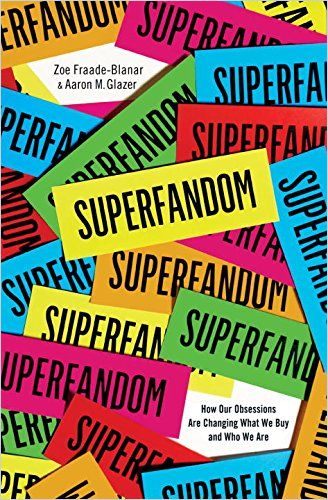
Fans forget sometimes that sports teams are companies, as Stefan Hall writing for the World Economic Forum points out in “What Cristiano Ronaldo Tells Us About the Economics of Football,” but owners don’t. When they pay $130.2 million for a player’s contract, they’re looking at how they’ll make that back in revenues both on and off the field, from broadcasting rights, to sponsorships, to merchandising, among other incomes related to the game. But it all relies on the human drama and incredible athletic abilities of their players.
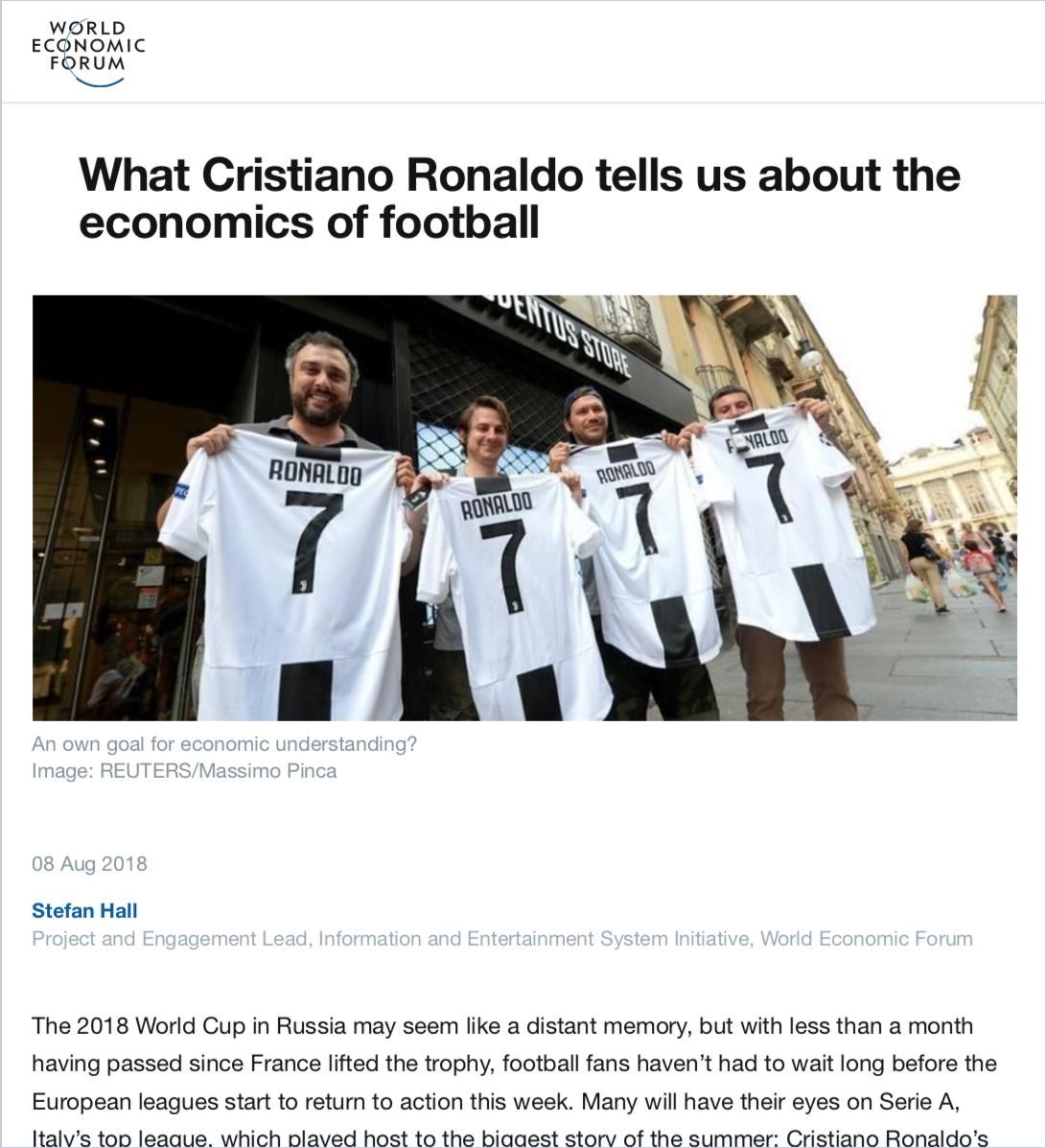
What Cristiano Ronaldo tells us about the economics of football
World Economic ForumMaking money running a football club relies on a complex mix of on-field performances and off-field rights and deals.
Stefan Hall
In Japan, Crypton Future Media created an online “Vocaloid” AI program and gave her a persona: Hatsune Miku. They defined her physical characteristics and her voice, but left everything else about her up to the fans to create. Any fan can write a song for Miku to sing. She has inspired a fiercely devoted fandom. Perhaps there is room for something like this down the road in sports if AI teams can figure out new ways to engage their fans. Developers who can deliver drama and suspense without injuries and pay demands will have created a golden egg-laying goose. But fans are demanding; to be successful would take the considerable skill of human writers, designers, modelers, coders and engineers with an end result more scripted drama than athletic competition, closer to entertainment than sports.
The research roboticists are doing will lead, one day, not only to bipedal machines capable of running, and running fast, but also better artificial legs for amputees. In the short term, though, the best you can hope for is AI helping you put together your IKEA furniture or vacuuming your house. Robots are a long way off from playing soccer well, or even tag.
